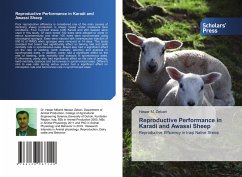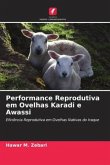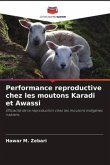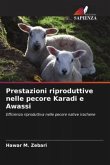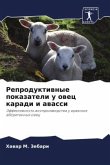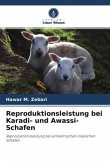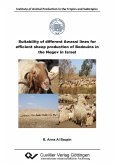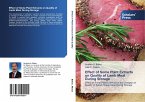Poor reproductive efficiency is considered one of the main causes of declining sheep production in sheep raised under traditional farm conditions. Four hundred sheep (200 Karadi and 200 Awassi) were used in this study. Of each breed 100 ewes were allowed to come in estrus spontaneously and other 100 ewes were synchronized using intravaginal sponges. Ewes were injected with intramuscular injection of 500 IU of PMSG when sponges were removed at 14 days. This study revealed that breed had significantly effect on twining rate and lamb mortality rate in spontaneous ewes. Breed also had a significant effect on the rate of lambing, lamb mortality, abortion and dystocia in synchronized ewes. In addition, parity had a significant effect on the rate of lambing, lamb mortality and dystocia in spontaneous ewes. Furthermore, parity also had significantly effect on the rate of lambing, lamb mortality, dystocia and barrenness in synchronized ewes. Different ram to ewe ratio during estrus periodhad a significant effect on conception rate and barrenness rate in synchronized ewes.
Bitte wählen Sie Ihr Anliegen aus.
Rechnungen
Retourenschein anfordern
Bestellstatus
Storno

